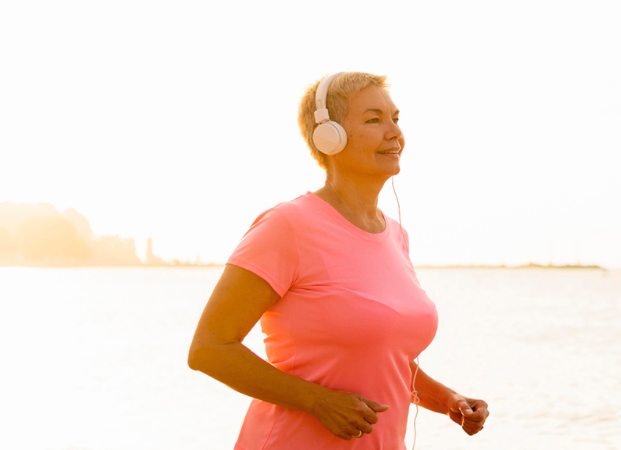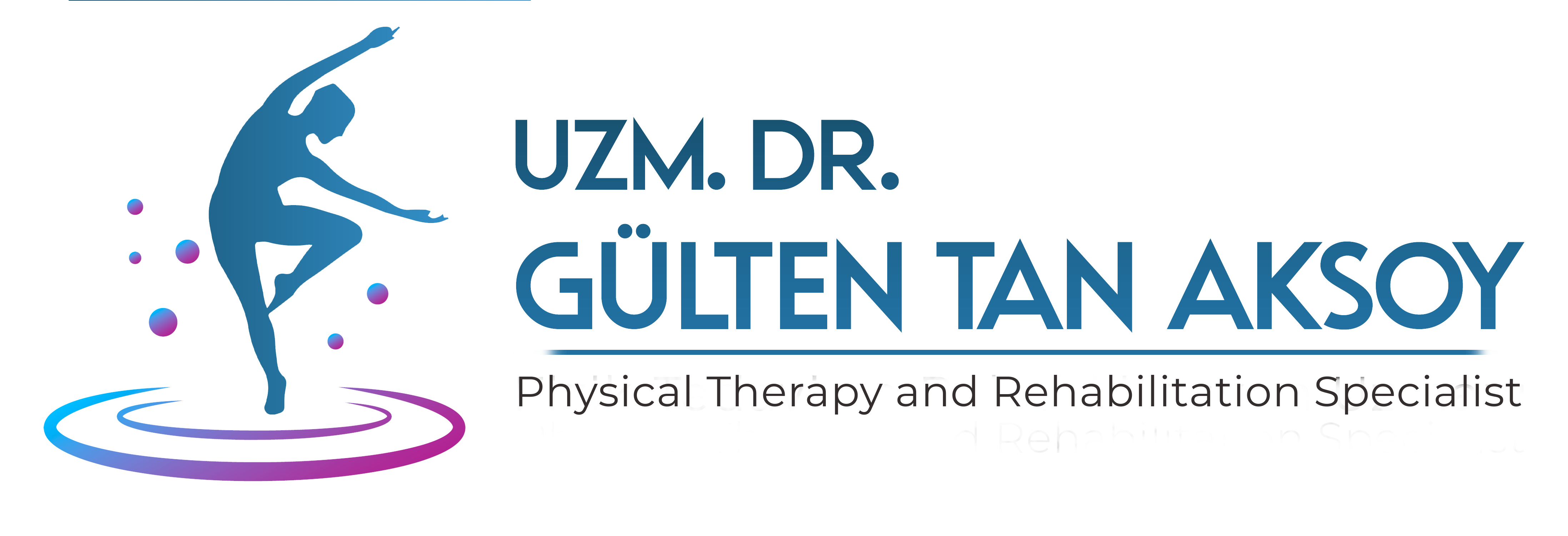Exercise Tips to Stay Healthy
When asked what are the most important factors in maintaining a good quality of life as we age, people rank high on living independently and staying active. But it's important to stay active to stay active. As you get older, you lose muscle and bone mass, and you can develop problems with your muscles, joints, and bones, such as back pain, osteoarthritis, or osteoporosis. Regular exercise slows the loss of muscle mass, strengthens bones and improves balance, risk of serious injury such as falls and hip fractures.
WHAT CAN EXERCISE DO FOR ME?
As you age, you lose muscle and bone mass, and you may develop problems with your muscles, joints, and bones, such as back pain, osteoarthritis, or osteoporosis. Regular exercise slows the loss of muscle mass, strengthens bones and improves balance, risk of serious injury such as falls and hip fractures.
DO YOU NEED LONG AND DIFFICULT EXERCISE TO GET ANY BENEFIT FROM PHYSICAL ACTIVITY?
Scientists used to think that strenuous exercise was the only way to improve your health. However, new research suggests that just 30 minutes of moderate physical activity, such as brisk walking or washing your car, provides most of the health benefits from exercise. The activity doesn't have to be very vigorous, in fact, moderate-intensity activity is best, but even low-intensity activity is better than nothing. While some people enjoy attending a regularly scheduled exercise class, others may find it easier to simply increase daily activities.
The key to this is; Finding something you enjoy doing and doing it regularly.
—go for a brisk walk
— working in the garden
—go for a bike ride
—walking on grass roads while playing golf
—washing and polishing the car
I'm getting old. It seems too late to start exercising.
DO I REALLY BENEFIT?
It's never too late to start. Physical activity is especially important for older adults and can help them live independently for as long as possible. A study of frail, wheelchair-bound nursing home residents in their 80s and 90s who participated in a weight-lifting program showed a marked improvement in their strength and overall functional ability. Being active reduces the risk of heart disease and heart attack, lowers blood pressure, controls diabetes and helps you maintain a healthy weight level.
BUT I HAVE A CHRONIC MEDICAL CONDITION, PHYSICAL ACTIVITY DOESN'T AFFECT IT?
Conversely – if you have a chronic condition that affects your muscles, joints or bones – a lack of physical activity can make the situation worse, or at least make it harder to live with. Medical research shows that physical activity is both safe and beneficial for people with arthritis, osteoporosis, and other chronic bone and joint conditions.
DOES EXERCISE WHEN I HAVE BACK PAIN EXERCISE THE SITUATION?
You shouldn't exercise during acute low back pain, but by strengthening the muscles of your stomach, hips, and other things, you can relieve chronic back pain and prevent your condition from getting worse. Strengthening exercises are ideal.
— In times of acute back pain, stop strenuous exercise but get up and move. Long bed rest and inactivity will delay your recovery.
— Standing is a good physical condition for running, walking, swimming, cycling or lifting weights. Use correct lifting techniques to move objects.
—Maintain appropriate body weight. Do not gain weight.
I HAVE BEEN TOLD THAT I HAVE 'ARTHRITIS'.
WHAT DOES THIS EXACTLY MEAN?
While there are many types of arthritis, the most common form of this bone and joint condition is osteoarthritis. It is the leading cause of disability in people over 55. Although the cause is unknown, osteoarthritis causes pain. deterioration of cartilage and underlying bone in the joints.
TRY TO WALK AND DO OTHER EXERCISES
I feel pain in my joints especially when I go up and down stairs, I suspect more exercise will cause more damage???.
The opposite is true: Any type of exercise strengthens the joints and surrounding muscles. It also relieves joint stiffness and reduces pain. Inactivity can aggravate the problem because weak muscles around the joint can cause an imbalance in the joint. If one type of exercise causes pain, try another. You can try swimming or walking in the pool until your muscles are strong enough to try walking on a hard surface. Start with short, frequent physical activity sessions. Reminder; exercise can also help control other conditions such as blood pressure and diabetes.
DON'T FEAR PAIN
Many people with swelling and stiffness problems in the bones, joints, tendons, and other unspecified aches and pains avoid physical activity out of fear of pain.
You can expect to feel some muscle soreness when you start exercising, but it will go away with regular exercise. Start slowly and if one activity hurts you too much, move on to something else. Of course, if you experience severe pain or swelling, stop what you are doing. Your physical therapist may recommend exercises to ease your discomfort. Focus on fitness by making use of a variety of daily physical activities that you enjoy.
More older people than ever before are exercising and doing sports.
They learned from exercise programs and hard-to-maintain exercise programs that being physically fit does not mean muscle soreness.
Many people exercise in active pastimes such as cycling, skiing, and tennis. others prefer less active recreation such as walking, gardening or golf
All find relaxation and fun while ensuring a healthy future. Exercise helps you feel better because it improves your health. Or say you can reap these important benefits by spending some time each day in some type of physical activity.
- longer, healthier life
- stronger bones
- reduced joint and muscle pain
- improved mobility and balance
- low risk of falls and serious injuries such as hip fractures, slowing loss of muscle mass
People are living longer these days and their quality of life depends on being healthy and staying independent. staying active can reduce your risk for many common diseases, relieve arthritis pain, and help you recover faster when you get sick.
Stay Active and Safe!
While staying active is important, being safe is also important. As older people participate in physical activities, sports-related injuries are decreasing. This is especially true for cyclists, skiers, weight lifters and those who use exercise machines.
According to a recent study by the U.S. Consumer Product Safety Commission (CPSC), an estimated 53,000 people aged 65 and over were treated in the emergency rooms of U.S. hospitals in 1996. There has been a 54 percent increase in these injuries since 1990. Additional injuries were treated in the doctor's office.
The increase in injuries is likely due to more older people getting into active sports. Fortunately, most of these injuries were not serious and could have been prevented. For example, in the CPSC study, few of the elderly cyclists treated in emergency rooms for head injuries wore bicycle helmets. However, wearing a bicycle helmet can reduce the risk of serious head injury by up to 85 percent. pay
You can enjoy a healthier life by exercising regularly and doing it safely.
What Should Your Activity Diary Be Like?
A balanced program of moderate physical activity of 30 minutes a day is beneficial even for people with chronic bone and joint conditions. The 30 minutes can be broken down into shorter periods such as 15 minutes of gardening in the morning and 15 minutes of brisk walking in the afternoon. Here is a sample activity diary that you can spend on physical activity.
7 Tips to Prevent Injury!
While exercising, orthope and cpsc recommend following these tips:
1-Always wear appropriate safety gear. Always wear a bicycle helmet if you are riding a bicycle. Wear suitable shoes for any sport.
2-Warm up before exercising: This can be a moderate activity, such as walking at your normal pace while emphasizing your arm movement.
3-Exercise for at least 30 minutes a day. you can break this down into shorter periods of 10 or 15 minutes throughout the day.
4. Follow the 10 percent rule Never increase your schedule (for example, walking or running distance or amount of weight lifted) more than 10 times a week
5-Try not to do the same routine two days in a row. Walk, swim, play tennis or lift weights. This works different muscles and makes the exercise more interesting.
6-When working with exercise equipment, carefully read the instructions and ask a qualified person to assist you if necessary. Check treadmills or other exercise equipment to make sure they are in good working order. If you're new to weight training, make sure you get the right information before you start.
7- Stop exercising if you experience severe pain or swelling. Ongoing discomfort should always be evaluated.
There are many ways to improve your life as you get older, and keeping fit is one of the most important.





